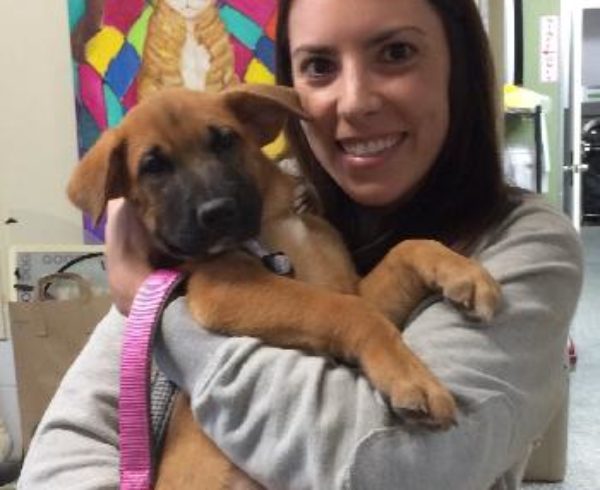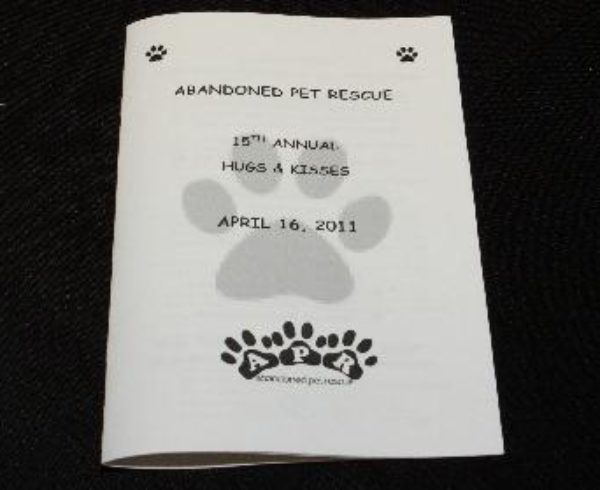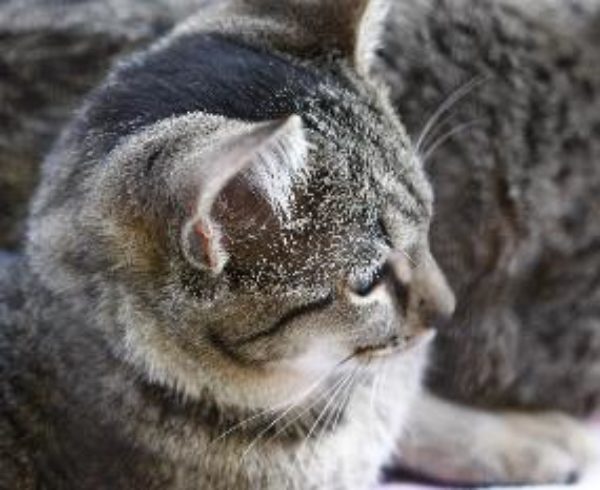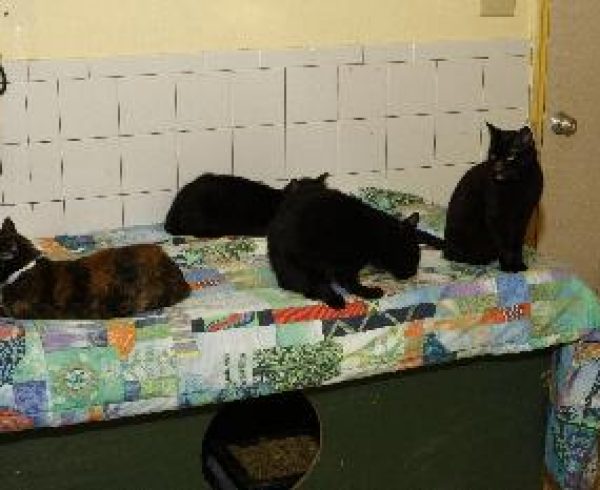My Elliott is one sneaky kid! He knows when we are getting ready to go out and positions himself under the dining room table near the front door. If we are talking or carrying something out, he knows his task will be even easier. The door opens and a bolt of orange and white creates a breeze on my leg. “Dang it Elliott! Get back here!”
Our front yard is a haven for wildlife with over 50 species of native plants, six species of butterflies breeding and, because we are in South Florida, no fewer than seven species of lizards, six of which do not even belong on this continent! The natural ground cover of fallen leaves makes it easy to track Elliott’s movements by the rattle of dried leaves. Lizards scurry in all directions. We know the routine: one of us heads out to the street to watch for cars, while the other goes in for the grab. Then, like a shot, he’s off again, running straight for the door with something almost as long as he is dangling from both sides of his mouth. The catch of the day is a full-grown ameiva, a South American jungle runner. Though the turquoise-blue, red-orange and bright green animals are quite beautiful, like many lizards, they carry parasites that can be transmitted to pets. One example is liver flukes which can take up residence in a cat or dog where they reproduce. Their eggs might be detectable in feces in 10-12 weeks. If your vet has ever asked you to bring in a stool sample, or you’ve noticed a charge for “fecal floatation” on your vet bill, that is what she or he is looking for (among other parasites).
While not common, some lizards can also have a toxic bite, or have toxins on the skin. In South Florida some species of skink can be poisonous (toxic when eaten). The most common large lizards in Broward County (iguanas) are vegetarian and generally do not pose a threat beyond parasitic infection, but a growing number of other large lizards have found our area very much to their liking after being released by careless pet owners. Tegus, large South American lizards that feed on eggs and small mammals, have become established here. Large ones have a very strong bite…though not quite as strong as our largest lizards, alligators and crocodiles!
When Elliott catches a lizard (which seems to be his sole reason for darting out the door and away from his dads), his grip is tenacious. He growls and snarls, and I swear you can hear him saying “Mine! Mine! Mine!” If squeezing at the back of the jaw doesn’t cause him to let go, we pour a little water over his head and he usually releases his prize. If you believe your cat (or dog) has actually swallowed the lizard, talk to your vet as soon as possible, and be sure to be as descriptive as possible about what the lizard looked like so the vet knows the best course of action to take.
Of course, the best way to avoid lizards is to always keep your cats inside, but we all know how lizards also like to come INSIDE…all the more reason to catch the little guys and put them out as soon as you can.
Gary Bremen has been a National Park ranger for 35 years, and volunteers at Abandoned Pet Rescue.

















